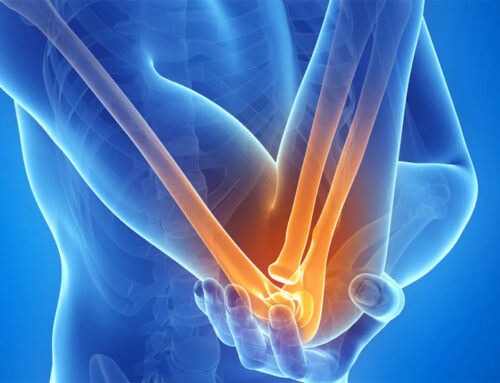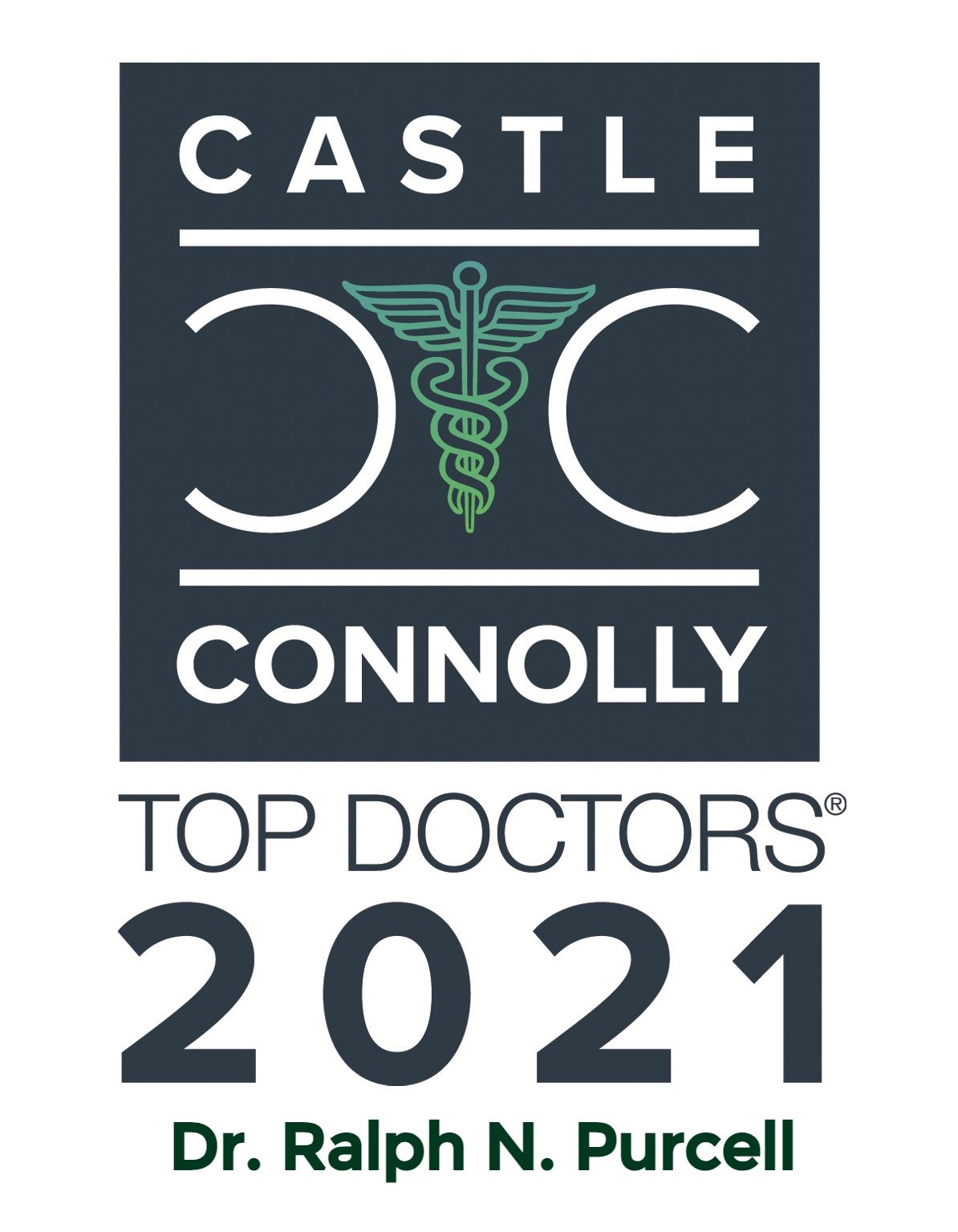With accidents and injuries a constant presence in the flow of life, there is a natural tendency to seek relief quickly, painlessly, cheaply and without the usual risks and potential complications that inevitably follow a doctor’s prescription for traditional care. It is with this in mind that alternative or complimentary medicine has flourished. For static magnetic therapy, like the magnets on the refrigerator door or the magnets sold in insoles, bracelets or blankets, this is globally a $1 billion business per year, siphoning tremendous amounts of money away from evidence-based medical treatment. Yet, is it fraud or latest version of snake oil? For decades, countless studies have been performed by competent, capable physicians seeking the answer to the efficacy of static magnets in the treatment of injury. Often the studies are touted as evidence-based with use of the right words such as placebo controlled, randomized and/or double blind. Yet when statistically knowledgeable peers review the articles for their own meta-analyses studies, they see that often the statistical strength of the study is lacking. Unfortunately, this is not the same as stating that there is a lack of beneficial effect. Thus we are left in a quandary. Some studies lead to a suspicion that static magnets work but that it has yet to be proven scientifically. Sometimes the sample size is too small or controls are not satisfactory with matched groups lacking. Other studies suggest no benefit at all with this modality.
Studies performed to test improved muscle strength or reduction of carpal tunnel syndrome after static magnet therapy failed to achieve statistical significance. In these studies, the efforts to mask the real magnet versus the sham magnet were successful, with participants on both arms of the study (real versus placebo) suspecting that they had “the real thing.”
The truth of the matter is that the medical profession is so bombarded by professional endorsements from highly successful athletes, massive advertising without oversight and the public’s innate desire for this treatment to work that the business of magnetic therapy remains both profitable and brisk. Maybe, as one anesthesiologist frustrated with the public amour of magnets stated, the answer at this time is to buy the cheapest magnet possible to at least reduce the pain in the wallet. So while the medical profession’s uncertainty and even suspicion as to the benefits of magnets persist, the public remains effusive in its praise, willing to fork over many dollars. Maybe we as physicians should suggest at this time better use of healthcare resources to help heal the injured.
Yet all is not gloomy in the world of magnetic therapy. Even Dr. Oz, with his legions of television and print followers, has acknowledged “a revolution” in medical care, the use of electromagnetic therapy to fight pain. This is different from the static magnets sewn into girdles and back braces. An electromagnet is a dynamic magnet that works by an electrical current creating a magnetic field. The electromagnets have already demonstrated worth and validity as part of injury treatment. For decades, orthopedists have utilized electromagnetic coils to promote healing in bones such as the tibia or scaphoid after horrendous limb-threatening fractures. Even amputations have been avoided with the use of this treatment modality. Now we are recognizing an even greater potential for this modality – the reduction of pain and the improved healing of wounds. There appears to be a direct effect on transmission of pain signals to the brain allowing for dramatic reduction in pain, even in chronic pain sufferers. Clinical trials have also demonstrated that ulcers previously refusing to heal have obediently and quickly closed up in an increased magnetic field as offered by an E-M coil.
This is the time to recognize that pain control does not necessarily have to come with the attendant risks of addiction or surgery. Nevertheless, although electromagnetic therapy is not a panacea for pain, try it, you’ll like it.
Schedule appointment
About Dr. Purcell
Dr. Purcell specializes in orthopedic surgery as well as hand/upper extremity surgery. He has a particular interest in utilizing minimally invasive procedures for his patients. Dr. Purcell was one of the first orthopedists to popularize the endoscopic surgical technique for treating carpal tunnel syndrome surgery, which leads to a faster healing time. He furthered the field of orthopedic surgery with both local and national lectures and presentations, helping colleagues gain insight and knowledge to improve patient care and outcome. His other areas of interest include biological regeneration/rejuvenation of joints, arthritis, tendinitis, nerve compression, repetitive stress disorders and trauma.





